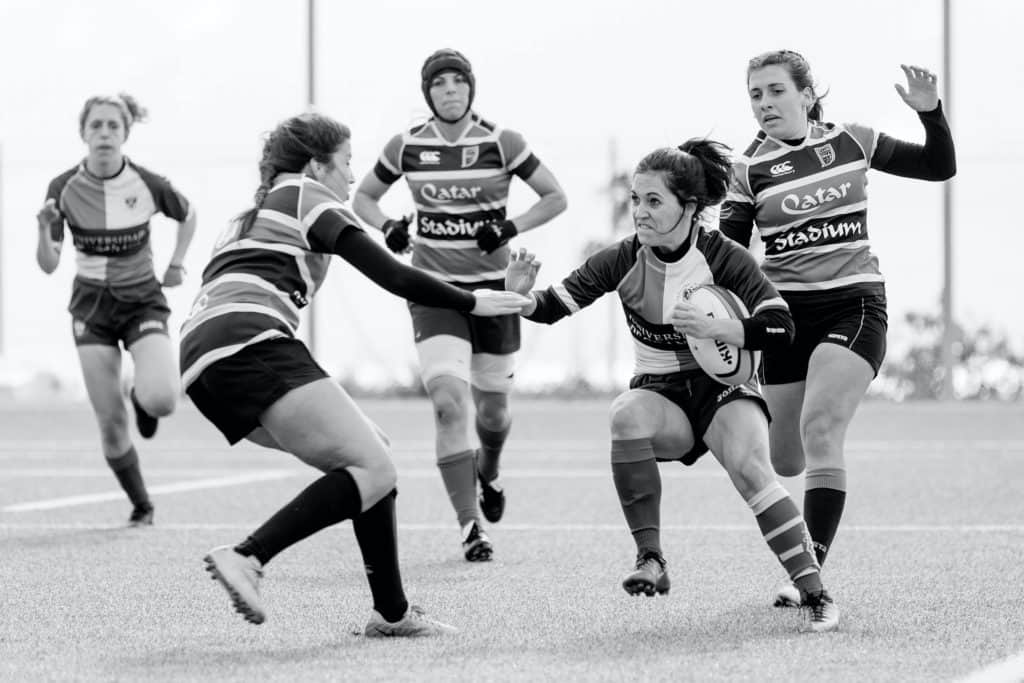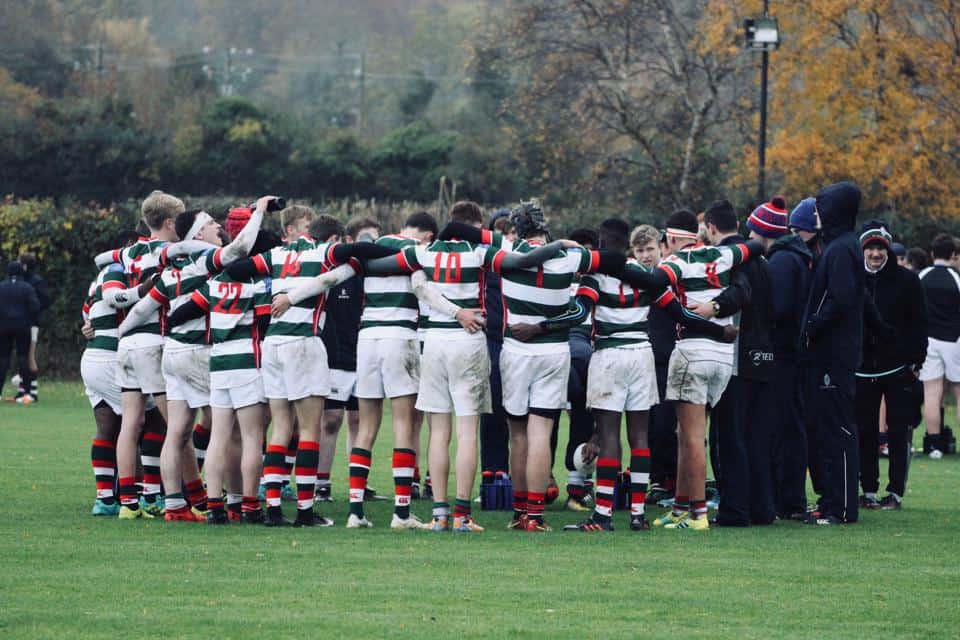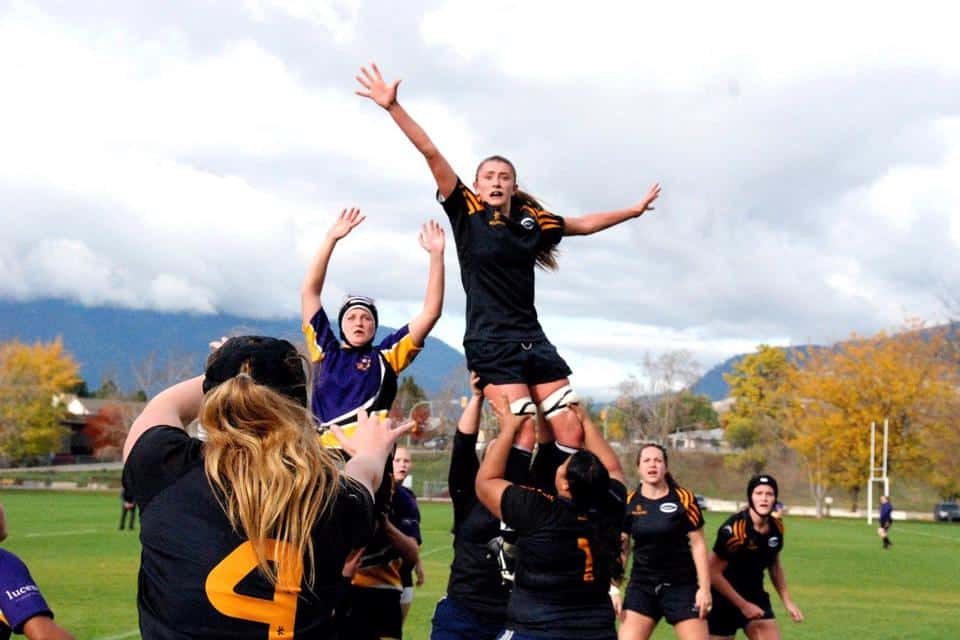
Grassroots Stories – The “One Club” mentality: myth or reality?
A recent piece in the Telegraph described how Richmond Rugby Club has been “breaking down gender barriers with its ‘One Club’ philosophy”. It emphasised the progressive nature of integrating the male and female club rugby players, and the advantages that this brings to the women’s team, and indeed the men’s team too. It’s an interesting question: how important is support from the (often larger and more established) male section of the club for the success of the women’s team? There isn’t a clear answer, but there are some observations that can be made by looking at the Premier 15s and Championship league tables.
Currently 3rd placed, and last year’s finalists, Harlequins Ladies no doubt benefitted substantially from their integration into the broader Harlequins club structure. Harlequins Ladies in their current iteration is a fairly recent history; formerly Aylesford Bulls who were supported by Harlequins in a fairly loose sense, they won the Premiership in 2017 before the introduction of the Premier 15s league. In a somewhat controversial move at the time, Harlequins took over the club formally after this win, facing accusations that the club was using a loophole in order to launch a team immediately in the highest level of women’s rugby in the country. However, there can be no doubt looking around the Twickenham Stoop, in the many games hosted there by the women to crowds of increasing size and enthusiasm, of the broader support that the club and its supporters are providing to the women. Whilst this may only be surface level, from the branding and publicity shown, the progression over the last 2 seasons has been almost as huge as the posters of women around the grounds.
What impact does this therefore have on clubs that don’t have such high profile men’s teams? Thurrock T Birds, an ever present team in women’s rugby history across the Premiership and Championship, are currently 7 wins from 7 in Championship 1 this season. The Premier 15s has been locked for 3 years to ensure the teams can settle, but with their men’s team only representing at London 1 South level there is a question of how much broader infrastructure the club could provide to assist the women to progress upwards – they’ve largely succeeded with their own achievements by what they bring to the club themselves. This doesn’t diminish the support that their club has shown for the team, but without ticket sales and large sponsorship deals for the men’s team to ride off the back of, there is no obvious source for the necessary injection of investment. This will have an inevitable knock on impact on the desirability for talented players to join clubs like the T Birds.
At a grassroots level, the integration of women’s teams into established club structures has seen a new lease of life for many that had entered periods of a lack of growth. Here at Streatham-Croydon in South London, men have been playing since 1871, and we describe ourselves as the 5th oldest rugby club in the world. With the creation of the women’s team by Georgie Cook in 2015 – on the encouragement of Surrey RFU and the main club executive committee – there have been substantial changes across the board. Indeed, the exec committee itself now looks very different.
With the women’s team representing at National Challenge 1 and the men at Surrey 2 the teams are able to support each other in a variety of ways, including mixed preseasons, socials, communications and publicity, and physically showing up to support each other on their respective match days. If one team is winning and the others are not, then the club is not operating as functionally as it should. There is no doubt in my mind that the majority of the club operates a “One Club mentality” – we are all part of one end goal.
As the women in the Premier 15s move towards an era of professional rugby, facing all the trials and tribulations that the men faced when they went through a similar process, the onus is on established club structures to provide adequate support and funding in order to keep the momentum moving forwards. It seems to me that, as with the professionalisation of the sport originally, this will reap good rewards in time. Equally, the RFU have a responsibility to fill in the gaps where women’s teams don’t necessarily have the links to the right broader club infrastructure to access this. At grassroots level the responsibility is on the players and the supporters, to embrace an entirely new population with which to grow their club, bring in more money (certainly bar takings on a Sunday have increased substantially in many clubs), and change the face of the sport that we all love.
by Millie Ross



